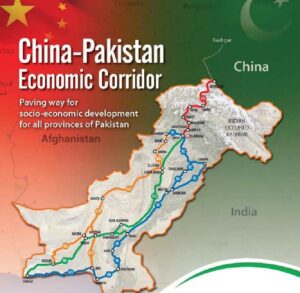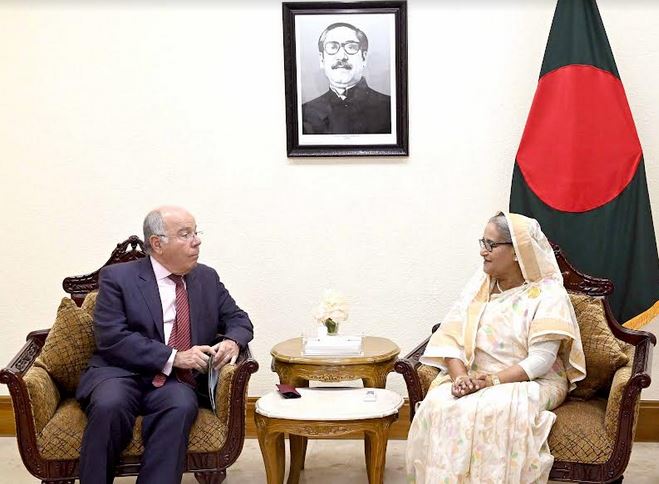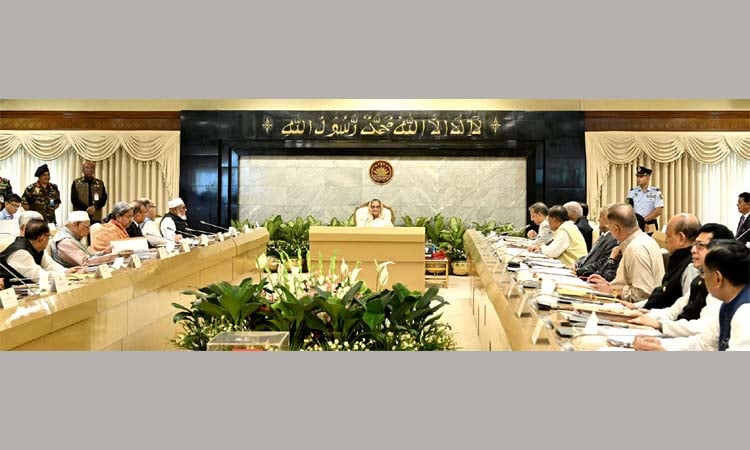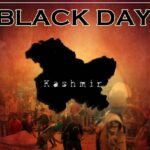 Moon Desk: In the prevalent era of globalization, a country’s political standing is defined in terms of its economic growth. Likewise, regions integrated economically are well-positioned globally. The example of ASEAN is a testament to the fact that the Southeast Asian countries have evolved on world stage as an economic powerhouse. Due to ASEAN’s economic clout and China’s economic muscle, the East Asia as a whole is seen as an attractive destination for world players.
Moon Desk: In the prevalent era of globalization, a country’s political standing is defined in terms of its economic growth. Likewise, regions integrated economically are well-positioned globally. The example of ASEAN is a testament to the fact that the Southeast Asian countries have evolved on world stage as an economic powerhouse. Due to ASEAN’s economic clout and China’s economic muscle, the East Asia as a whole is seen as an attractive destination for world players.
China’s economic prowess has made inroads globally. Through the Belt and Road Initiative (BRI), China has reached out to world regions. The vision behind China’s economic outreach is to diversify the trading links and look for new investment destinations. Seeing the economic progress of BRI, so far, 151 countries from world regions have joined the initiative. The vitality of BRI refers to the popularity of economic integration globally.
The China-Pakistan Economic Corridor (CPEC), which is the flagship project of BRI is an example of economic cooperation between a developed and developing economy. Pakistan faces economic challenges, while, China has a GDP of $18.566 billion. Despite the difference in economic outlook of China and Pakistan, both the Asian countries as part of CPEC are lead players in South Asia’s regional connectivity.
It is the convergence of interest that both China and Pakistan have in successful operation of CPEC. For Pakistan, CPEC is a realisation of its geostrategic location, and for China, the corridor is an easy access to Indian Ocean. Pakistan as part of CPEC will get an opportunity to connect with world regions. The Gwadar-Kashgar linkage will enhance prospects of economic cooperation between markets of South Asia, Central Asia and East Asia. The trading links will open up prospects of industrialisation and uplift in socio-economic conditions. In particular, the province of Balochistan will get developed
British scholar Martin Jacques says that the vision of the BRI has continued to materialise and evolve, and has demonstrated vitality that no other initiative has. In the words of Chinese President Xi Jinping, “BRI is a response to the formidable challenges confronting the world. Global growth requires new drivers, development needs to be more inclusive and balanced, and the gap between the rich and the poor needs to be narrowed.”
On the whole, the economic integration would perhaps enable the under-developed areas of Asia and Africa to make progress. Economic stability will also act as a deterrent against the extremist tendencies in region. The challenges of poverty and backwardness will also be addressed.







